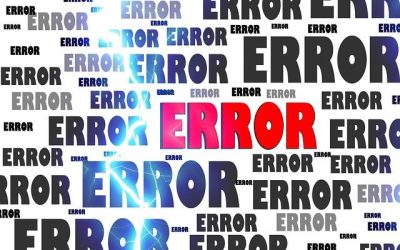There are more than 15 million trademark applications filed annually and nearly 100 million registered trademarks in the world. With this in mind, it is inevitable that two companies will end up having trademarks that resemble each other or are even identical. This is where co-existence agreements come into play.
Insights
Conceptual similarity: images v words
We are often asked whether a trademark that consists of an image of a thing is similar to a trademark that consists of a word that describes or defines the image.
Using nation brands in trademarks
Many companies use nation brands in their trademarks and marketing. Invoking the perception that the product or service is somehow connected to a particular country or place can be very beneficial. There are, however, particular issues that should be taken into account when using nation brands.
We surveyed 400 companies – these are the five biggest trademark misunderstandings they have
According to our survey, these are the five most common trademark misunderstandings SMEs and startups have.
EU trademark distinctiveness – what languages should you consider?
Distinctiveness of an EU trademark is assessed in all EU languages. In addition, there are many other languages that may be relevant. Here’s what you should know about that.
Which EU countries file the most EU trademarks?
Which EU countries file the most EU trademarks relative to their size?
Which EU countries file the most EU trademarks?
Which EU countries file the most EU trademarks relative to their size?
Seniority – a useful tool to streamline a trademark portfolio
The EU trademark system has a very unique and peculiar feature called “seniority”. In simple terms, seniority allows a trademark owner to “link” its earlier trademark registration to a later EU trademark.
How to protect a cannabis brand in the EU?
You can use EU trademarks to protect your cannabis brand, but there are a couple of issues that you must pay particular attention to.







